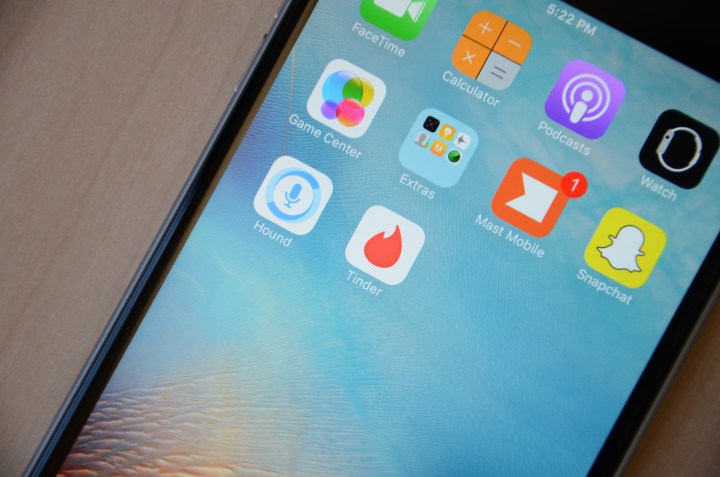
When Winter Storm Jonas hit the same region of the nation in January 2016, Tinder reported seeing an increase of 10 percent on the day of the storm, resulting in more than 25 million matches during the worst weather. In fact, during Snowmaggedon 2016, nearly two billion swipes were made by folks apparently yearning for warmth — preferably provided by another person.
Unsurprisingly, the most populous city in the U.S. was also the most active during Winter Storm Jonas last year (with data collected between January 22 and January 24). New York City saw the most swipes in that three day period, followed by Philadelphia. And while Massachusetts is known for its studious populace, two of its major cities made the top five list of swipers — both Boston and Cambridge experienced a significant uptick in Tinder activity during those snowy days. Newark, New Jersey rounded out the list of top five.
This swing in activity makes sense, Tinder Sociologist Dr. Jess Carbino said in an emailed statement to Digital Trends. “Snow Storm Niko may be a great time to use Tinder because most people want to stay indoors, leaving them without too many things to do — you can only Netflix binge for so long,” Carbino noted. “During this downtime, singles can foster meaningful conversations and make a connection with Tinder matches. You never know — you may find someone that you can’t wait to hang with once the snow clears.”


